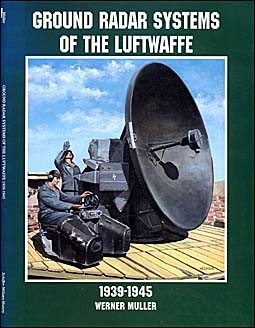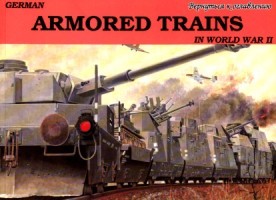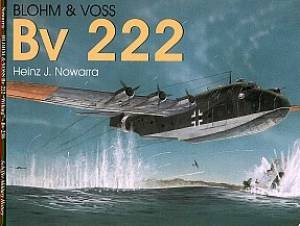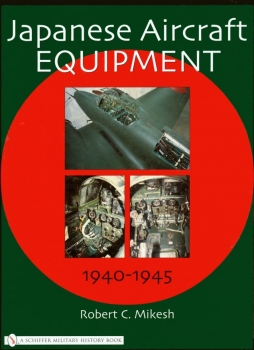-

445 -

9767 -

8899 -

2078
22004 plików
6273,55 GB
 Foldery
Foldery Ostatnio pobierane pliki
Ostatnio pobierane pliki
- sortuj według:
- 55,9 MB
- 3 sty 13 1:24
- 31,1 MB
- 3 sty 13 1:21
- 38,2 MB
- 3 sty 13 1:20
- 26,4 MB
- 3 sty 13 1:19
- 28,2 MB
- 3 sty 13 1:19
- 25,3 MB
- 3 sty 13 1:18
- 37,3 MB
- 3 sty 13 1:16
- 10,7 MB
- 24 gru 12 23:21
Schiffer Military History 25 - Heinz J. Nowarra - The Flying Pencil; Dornier Do-17 Do-215 (1978).pdf
- 24,7 MB
- 11 gru 12 13:34
- 76,1 MB
- 6 gru 12 11:02
- 41,6 MB
- 6 gru 12 10:17
- 26,1 MB
- 1 gru 12 12:57
- 28,8 MB
- 1 gru 12 12:57
- 19,1 MB
- 1 gru 12 12:53
- 34,3 MB
- 16 lis 12 23:10
- 27,9 MB
- 16 lis 12 23:10
- 25,1 MB
- 10 lis 12 13:55
- 133,3 MB
- 5 lis 12 21:36
- 95,9 MB
- 5 lis 12 21:30
- 10,5 MB
- 5 lis 12 21:12
-

37 -

0 -

0 -

0
37 plików
1,52 GB
 Zaprzyjaźnione i polecane chomiki (85)
Zaprzyjaźnione i polecane chomiki (85)
































